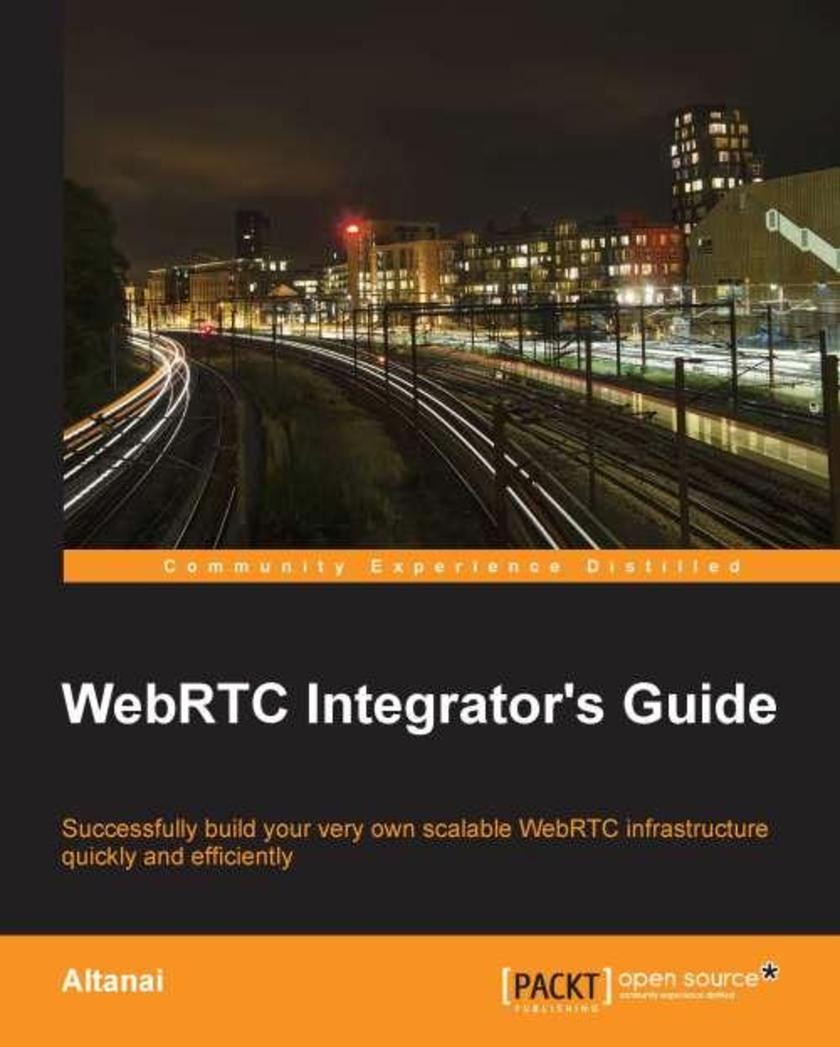
WebRTC Integrator's Guide
¥90.46
This book is for programmers who want to learn about real-time communication and utilize the full potential of WebRTC. It is assumed that you have working knowledge of setting up a basic telecom infrastructure as well as basic programming and *ing knowledge.
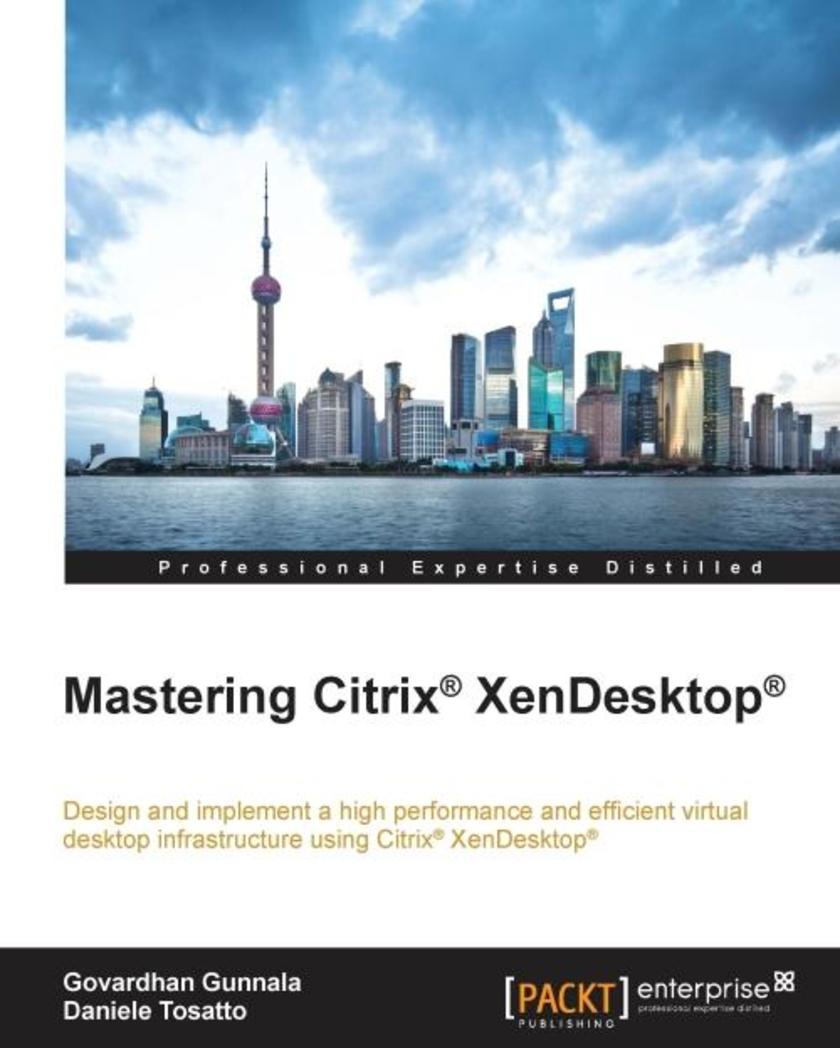
Mastering Citrix? XenDesktop?
¥90.46
This book is intended for IT administrators who want to use Citrixas a desktop virtualization solution or for IT architects who want to learn how to design and implement highly available and scalable XenDesktopenvironments. It is assumed that you have intermediate-level knowledge of virtualization concepts, Windows desktop operating systems, and Windows Server technologies. Citrix?, Citrix Systems?, XenApp?, XenDesktop?, and CloudPortalare trademarks of CitrixSystems?, Inc. and/or one or more of its subsidiaries, and may be registered in the United States Patent and Trademark Office and in other countries.
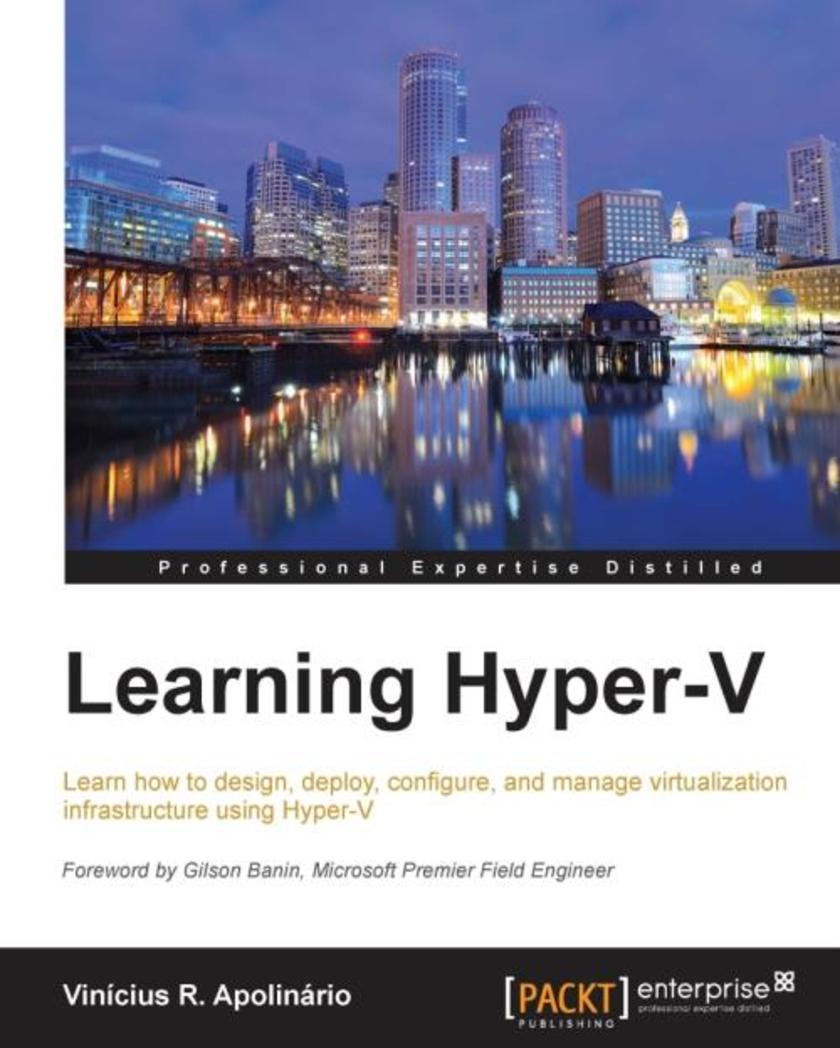
Learning Hyper-V
¥99.18
This book focuses on readers starting their journey with Hyper-V, and assumes they have minimal or no knowledge of virtualization.
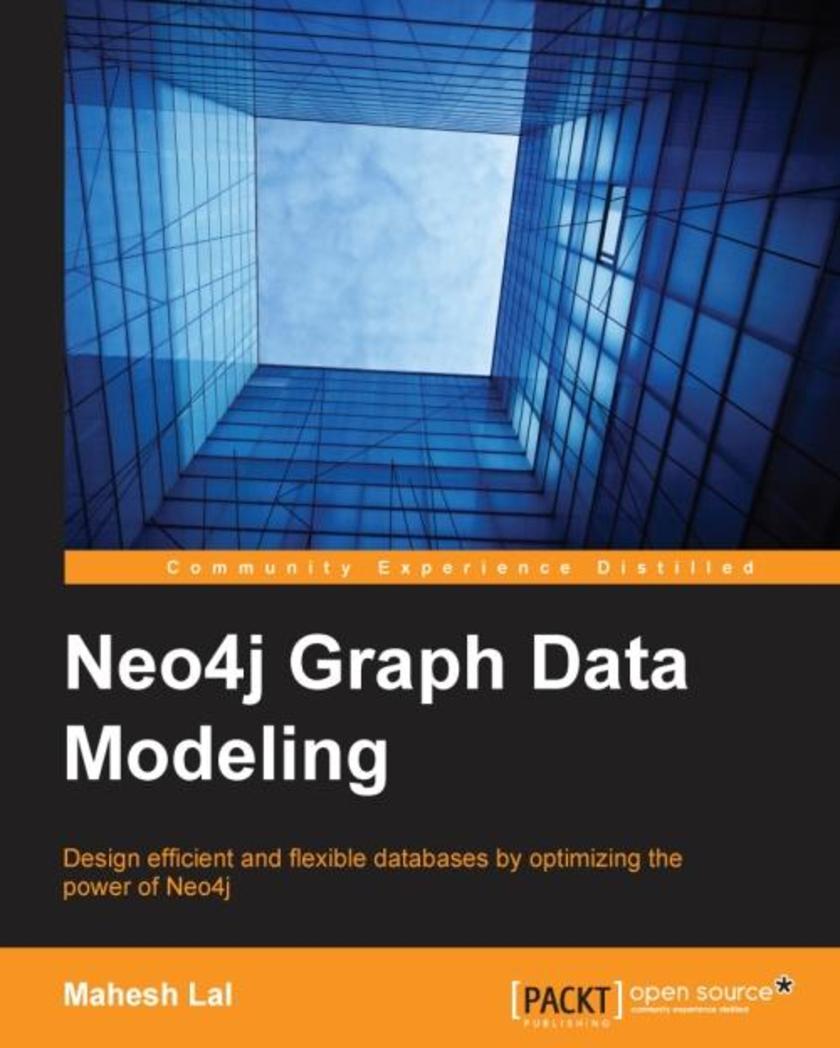
Neo4j Graph Data Modeling
¥54.49
If you are a developer who wants to understand the fundamentals of modeling data in Neo4j and how it can be used to model full-fledged applications, then this book is for you. Some understanding of domain modeling may be advantageous but is not essential.

Multimedia Programming Using Max/MSP and TouchDesigner
¥90.46
If you want to learn how to use Max 6 and/or TouchDesigner, or work in audio-visual real-time processing, this is the book for you. It is intended for intermediate users of both programs and can be helpful for artists, designers, musicians, VJs, and researchers. A basic understanding of audio principles is advantageous.

AndEngine for Android Game Development Cookbook
¥80.65
A Cookbook with wide range of recipes to allow you to learn game development with AndEngine quickly and efficiently. "AndEngine for Android Game Development Cookbook" is geared toward developers who are interested in working with the most up-to-date version of AndEngine, sporting the brand new GLES 2.0 branch. The book will be helpful for developers who are attempting to break into the mobile game market with plans to release fun and exciting games while eliminating a large portion of the learning curve that is otherwise inevitable when getting into AndEngine development. This book requires a working installation of eclipse and the required libraries, including AndEngine and its various extensions set up prior to working with the recipes.
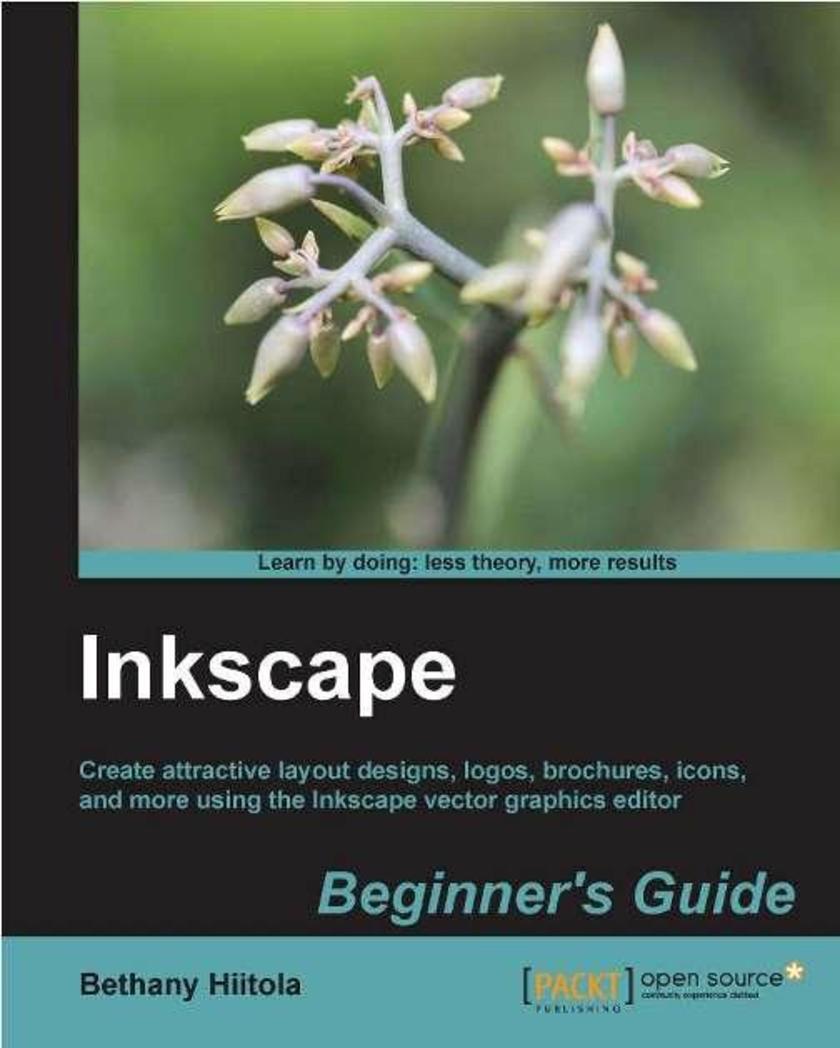
Inkscape Beginner's Guide.
¥71.93
As part of Packt’s Beginner’s Guide series, each chapter covers an aspect of working with Inkscape, with plenty of screenshots and practical examples. This book is intended for beginning graphic and web designers who want to expand their graphic software expertise. General familiarity with a graphics program is recommended, but not required.

WordPress Mobile Web Development
¥90.46
Beginner's Guide. If you have dabbled in WordPress or been working with it for years, and want to build mobile or responsive themes or sites, this book is for you. Even if you can’t write a line of code, the first few chapters will help you create a simple mobile site. But to get the most from the book, you will need a good understanding of HTML, CSS and WordPress itself. This book is for owners of self-hosted WordPress sites, not sites hosted at wordpress.com.

Moodle for Mobile Learning
¥71.93
A guide with practical examples that gives you hands-on knowledge in creating learning environments for Mobile devices using Moodle, while also empowering you to create your own effective mlearning course designs."Moodle for Mobile Learning" is primarily aimed at Moodle course practitioners – teachers, tutors, instructors, and learning and development professionals. It does not require you to have an in-depth knowledge about any mobile technologies. It is for anyone who has the desire to deliver great courses that allow their learners to interact using the devices in their pockets.

Cracking the IT Architect Interview
¥90.46
The ultimate guide to successful interviews for Enterprise, Business, Domain, Solution, and Technical Architect roles as well as IT Advisory Consultant and Software Designer roles About This Book Learn about Enterprise Architects IT strategy and NFR – this book provides you with methodologies, best practices, and frameworks to ace your interview A holistic view of key architectural skills and competencies with 500+ questions that cover 12 domains 100+ diagrams depicting scenarios, models, and methodologies designed to help you prepare for your interview Who This Book Is For This book is for aspiring enterprise, business, domain, solution, and technical architects. It is also ideal for IT advisory consultants and IT designers who wish to interview for such a role. Interviewers will be able leverage this book to make sure they hire candidates with the right competencies to meet the role requirements. What You Will Learn Learn about IT strategies, NFR, methodologies, best practices, and frameworks to ace your interview Get a holistic view of key concepts, design principles, and patterns related to evangelizing web and Java enterprise applications Discover interview preparation guidelines through case studies Use this as a reference guide for adopting best practices, standards, and design guidelines Get a better understanding with 60+ diagrams depicting various scenarios, models, and methodologies Benefit from coverage of all architecture domains including EA (Business, Data, Infrastructure, and Application), SA, integration, NFRs, security, and SOA, with extended coverage from IT strategies to the NFR domain In Detail An architect attends multiple interviews for jobs or projects during the course of his or her career. This book is an interview resource created for designers, consultants, technical, solution, domain, enterprise, and chief architects to help them perform well in interview discussions and launch a successful career. The book begins by providing de*ions of architecture skills and competencies that cover the 12 key domains, including 350+ questions relating to these domains. The goal of this book is to cover all the core architectural domains. From an architect’s perspective, it is impossible to revise or learn about all these key areas without a good reference guide – this book is the solution. It shares experiences, learning, insights, and proven methodologies that will benefit practitioners, SMEs, and aspirants in the long run. This book will help you tackle the NFR domain, which is a key aspect pertaining to architecting applications. It typically takes years to understand the core concepts, fundamentals, patterns, and principles related to architecture and designs. This book is a goldmine for the typical questions asked during an interview and will help prepare you for success! Style and approach This book will help you prepare for interviews for architectural profiles by providing likely questions, explanations, and expected answers. It is an insight-rich guide that will help you develop strategic, tactical, and operational thinking for your interview.
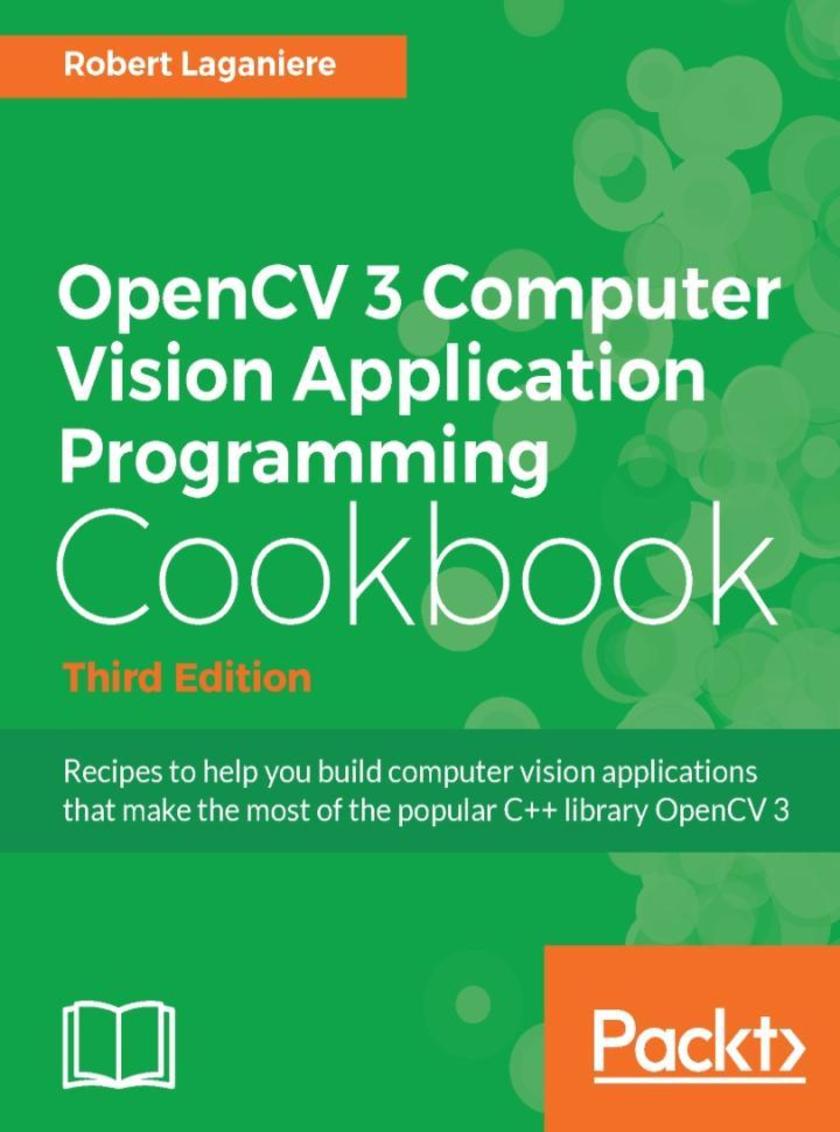
OpenCV 3 Computer Vision Application Programming Cookbook - Third Edition
¥90.46
Recipes to help you build computer vision applications that make the most of the popular C++ library OpenCV 3 About This Book Written to the latest, gold-standard specification of OpenCV 3 Master OpenCV, the open source library of the computer vision community Master fundamental concepts in computer vision and image processing Learn about the important classes and functions of OpenCV with complete working examples applied to real images Who This Book Is For OpenCV 3 Computer Vision Application Programming Cookbook Third Edition is appropriate for novice C++ programmers who want to learn how to use the OpenCV library to build computer vision applications. It is also suitable for professional software developers who wish to be introduced to the concepts of computer vision programming. It can also be used as a companion book for university-level computer vision courses. It constitutes an excellent reference for graduate students and researchers in image processing and computer vision. What You Will Learn Install and create a program using the OpenCV library Process an image by manipulating its pixels Analyze an image using histograms Segment images into homogenous regions and extract meaningful objects Apply image filters to enhance image content Exploit the image geometry in order to relay different views of a pictured scene Calibrate the camera from different image observations Detect people and objects in images using machine learning techniques Reconstruct a 3D scene from images In Detail Making your applications see has never been easier with OpenCV. With it, you can teach your robot how to follow your cat, write a program to correctly identify the members of One Direction, or even help you find the right colors for your redecoration. OpenCV 3 Computer Vision Application Programming Cookbook Third Edition provides a complete introduction to the OpenCV library and explains how to build your first computer vision program. You will be presented with a variety of computer vision algorithms and exposed to important concepts in image and video analysis that will enable you to build your own computer vision applications. This book helps you to get started with the library, and shows you how to install and deploy the OpenCV library to write effective computer vision applications following good programming practices. You will learn how to read and write images and manipulate their pixels. Different techniques for image enhancement and shape analysis will be presented. You will learn how to detect specific image features such as lines, circles or corners. You will be introduced to the concepts of mathematical morphology and image filtering. The most recent methods for image matching and object recognition are described, and you’ll discover how to process video from files or cameras, as well as how to detect and track moving objects. Techniques to achieve camera calibration and perform multiple-view analysis will also be explained. Finally, you’ll also get acquainted with recent approaches in machine learning and object classification. Style and approach This book will arm you with the basics you need to start writing world-aware applications right from a pixel level all the way through to processing video sequences.
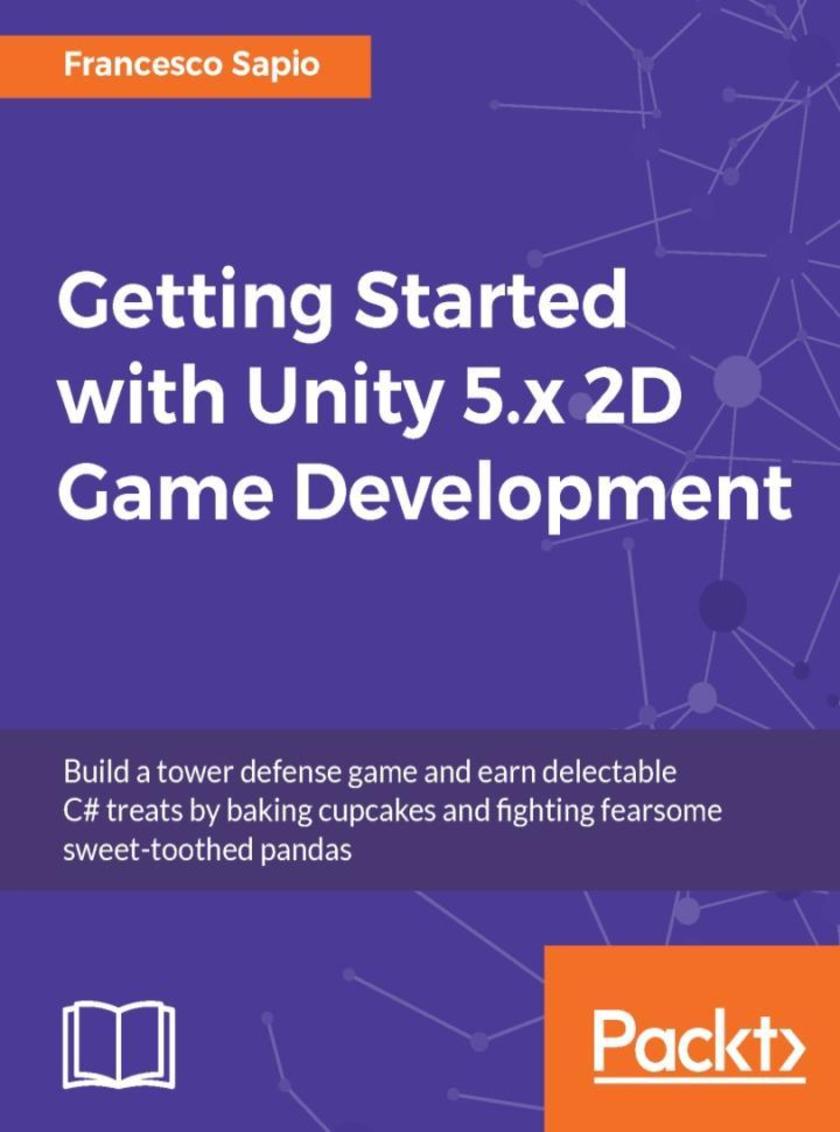
Getting Started with Unity 5.x 2D Game Development
¥80.65
Build a tower defense game and earn delectable C# treats by baking cupcakes and fighting fearsome sweet-toothed pandas About This Book Build a complete and exciting 2D Tower Defense game from scratch. Understand and learn to perform each phase of the game development pipeline Homework and exercises to improve your skills and take them to the next level Who This Book Is For If you are looking forward to get started with 2D game development, either if you are a newcomer to this world, or you came from 3D games or other game engines, this book is for you. Although there are many references to other resources throughout the book, it is assumed that you have a general understanding of C# and its syntax and structure. What You Will Learn Import and set up assets for 2D game development Design and implement dynamic and responsive User Interfaces Create and handle complex animation systems Unlock all the potentiality of the physics engine Implement Artificial Intelligence algorithms to give intelligence to your NPCs Script gameplay and overall bring your ideas to life In Detail Want to get started in the world of 2D game development with UnityThis book will take your hand and guide you through this amazing journey to let you know exactly what you need to build the games you want to build, without sacrificing quality. You will build a solid understanding of Unity 5.x, by focusing with the embedded tools to develop 2D games. In learning about these, along with accurate explanations and practical examples, you will design, develop, learn how to market and publish a delectable Tower Defense game about cupcakes versus pandas. Each chapter in this book is structured to give you a full understanding on a specific aspect of the workflow pipeline. Each of these aspects are essential for developing games in Unity. In a step-by-step approach, you will learn about each of the following phases: Game Design, Asset Importing, Scripting, User Interfaces, Animations, Physics, Artificial Intelligence, Gameplay Programming, Polishing and Improving, Marketing, Publishing and much more. This book provides you with exercises and homework at the end of each chapter so that you can level up your skills as a Unity game developer. In addition, each of these parts are centered on a common point of discussion with other learners just like you. Therefore, by sharing your ideas with other people you will not only develop your skills but you will also build a network. Style and approach This is a fun step-by-step approach in the whole pipeline of 2D game development in Unity, which is explained in a conversational and easy-to-follow style. Each topic is explained sequentially, allowing you to experience both basics and advanced features of Unity. By doing this, the book is able to provide you with a solid grasp on each of the topics. In this way, by engaging with the book’s content, exploring the additional references to further readings and completing the homework sections, you are able to challenge yourself and apply what you know in a variety of ways. Once you have finished reading this book, you will be well on your way to developing games from start to finish!
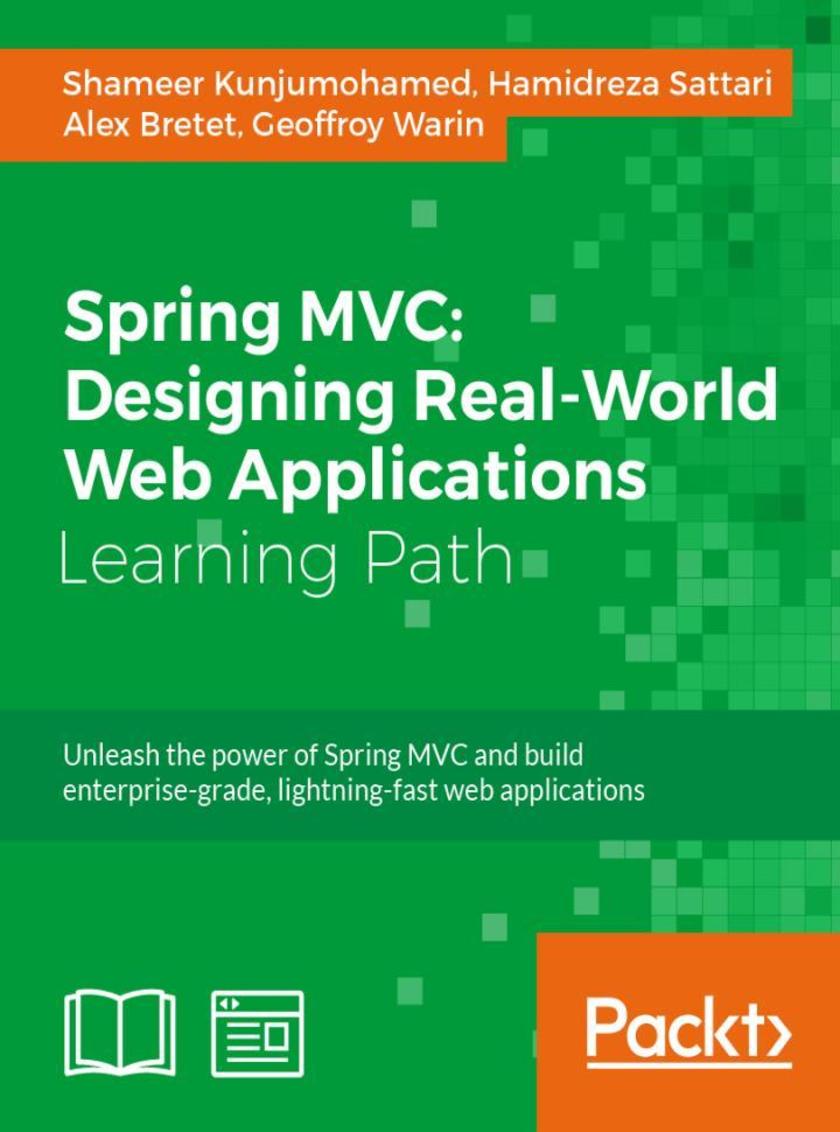
Spring MVC: Designing Real-World Web Applications
¥179.84
Unleash the power of Spring MVC and build enterprise-grade, lightning-fast web applications About This Book Configure Spring MVC to build logic-less controllers that transparently support the most advanced web techniques Secure your developments with easy-to-write, reliable unit and end-to-end tests Get this fast-paced, practical guide to produce REST resources and templates as required by the latest front-end best practices Who This Book Is For This Learning Path is for Java developers who want to exploit Spring MVC and its features to build web applications. It will help you step up in your career and stay up to date or learn more about Spring’s web scalability. What You Will Learn Set up and build standalone and web-based projects using Spring Framework with Maven or Gradle Develop RESTful API applications for XML and JSON data transfers Investigate Spring data access mechanisms with Spring Data Repositories Generate templates for a responsive and powerful front end with AngularJS and Bootstrap Authenticate over REST with a BASIC authentication scheme and OAuth2; handle roles and permissions Communicate through WebSocket and STOMP messages Design complex advanced-level forms and validate the model Create maintainable unit and acceptance tests to secure the apps Deploy the web application to the cloud in a snap In Detail Spring MVC helps you build flexible and loosely coupled web applications. The Spring MVC Framework is designed in such a way that every piece of logic and functionality is highly configurable. This Learning Path aims to make you an expert in designing web applications with Spring MVC 4. In our first module, we’ll begin with an introduction to the Spring framework. You'll then learn aspect-oriented programming. Packed with real-world examples, you’ll get an insight into how you can use Spring Expression Language in your applications to make them easier to manage and maintain. In the second module, you'll learn everything you need to build modern Spring-based enterprise web applications. From practical development techniques and useful tools from the wider Spring ecosystem, to the new JEE standards, the impact of JavaScript, and even the Internet of Things, you'll feel confident that you can deploy Spring for an impressive range of creative purposes. In the final module, you'll find out how to take advantage of Spring MVC's advanced features - essential if you are to properly master the framework. To do this you'll investigate the inner mechanics of Spring MVC, and how they tie into to the broader principles that inform many modern web architectures. With further guidance on how to test, secure, and optimize your application, as well as designing RESTful services, you'll very quickly be ready to use Spring in your next web project. This Learning Path combines some of the best that Packt has to offer in one complete, curated package. It includes content from the following Packt products: Spring Essentials by Shameer Kunjumohamed, Hamidreza Sattari Spring MVC Cookbook by Alex Bretet Mastering Spring MVC 4 by Geoffroy Warin Style and approach This is a hands-on, practical guide based on logical modules of the whole Spring framework family, employing a combination of theory and examples with pro-level practices, techniques, and solutions.
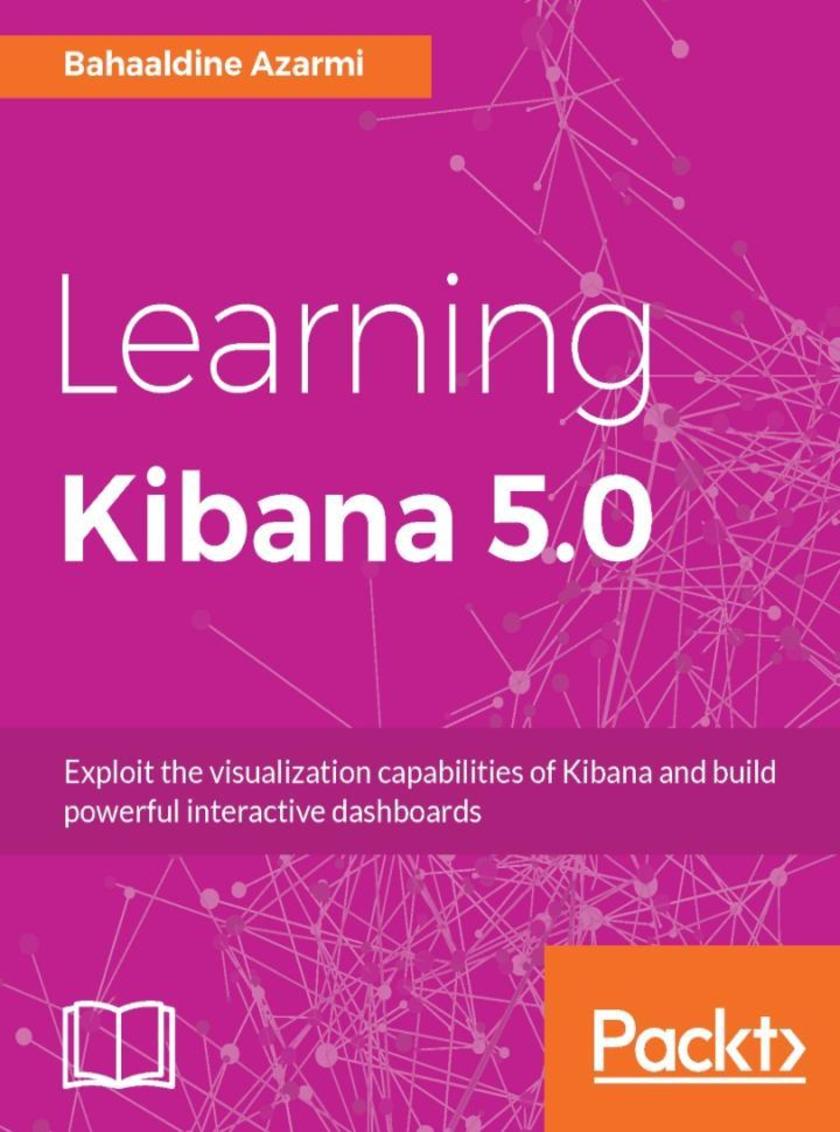
Learning Kibana 5.0
¥71.93
Exploit the visualization capabilities of Kibana and build powerful interactive dashboards About This Book Introduction to data-driven architecture and the Elastic stack Build effective dashboards for data visualization and explore datasets with Elastic Graph A comprehensive guide to learning scalable data visualization techniques in Kibana Who This Book Is For If you are a developer, data visualization engineer, or data scientist who wants to get the best of data visualization at scale then this book is perfect for you. A basic understanding of Elasticsearch and Logstash is required to make the best use of this book. What You Will Learn How to create visualizations in Kibana Ingest log data, structure an Elasticsearch cluster, and create visualization assets in Kibana Embed Kibana visualization on web pages Scaffold, develop, and deploy new Kibana & Timelion customizations Build a metrics dashboard in Timelion based on time series data Use the Graph plugin visualization feature and leverage a graph query Create, implement, package, and deploy a new custom plugin Use Prelert to solve anomaly detection challenges In Detail Kibana is an open source data visualization platform that allows you to interact with your data through stunning, powerful graphics. Its simple, browser-based interface enables you to quickly create and share dynamic dashboards that display changes to Elasticsearch queries in real time. In this book, you’ll learn how to use the Elastic stack on top of a data architecture to visualize data in real time. All data architectures have different requirements and expectations when it comes to visualizing the data, whether it’s logging analytics, metrics, business analytics, graph analytics, or scaling them as per your business requirements. This book will help you master Elastic visualization tools and adapt them to the requirements of your project. You will start by learning how to use the basic visualization features of Kibana 5. Then you will be shown how to implement a pure metric analytics architecture and visualize it using Timelion, a very recent and trendy feature of the Elastic stack. You will learn how to correlate data using the brand-new Graph visualization and build relationships between documents. Finally, you will be familiarized with the setup of a Kibana development environment so that you can build a custom Kibana plugin. By the end of this book you will have all the information needed to take your Elastic stack skills to a new level of data visualization. Style and approach This book takes a comprehensive, step-by-step approach to working with the visualization aspects of the Elastic stack. Every concept is presented in a very easy-to-follow manner that shows you both the logic and method of implementation. Real world cases are referenced to highlight how each of the key concepts can be put to practical use.
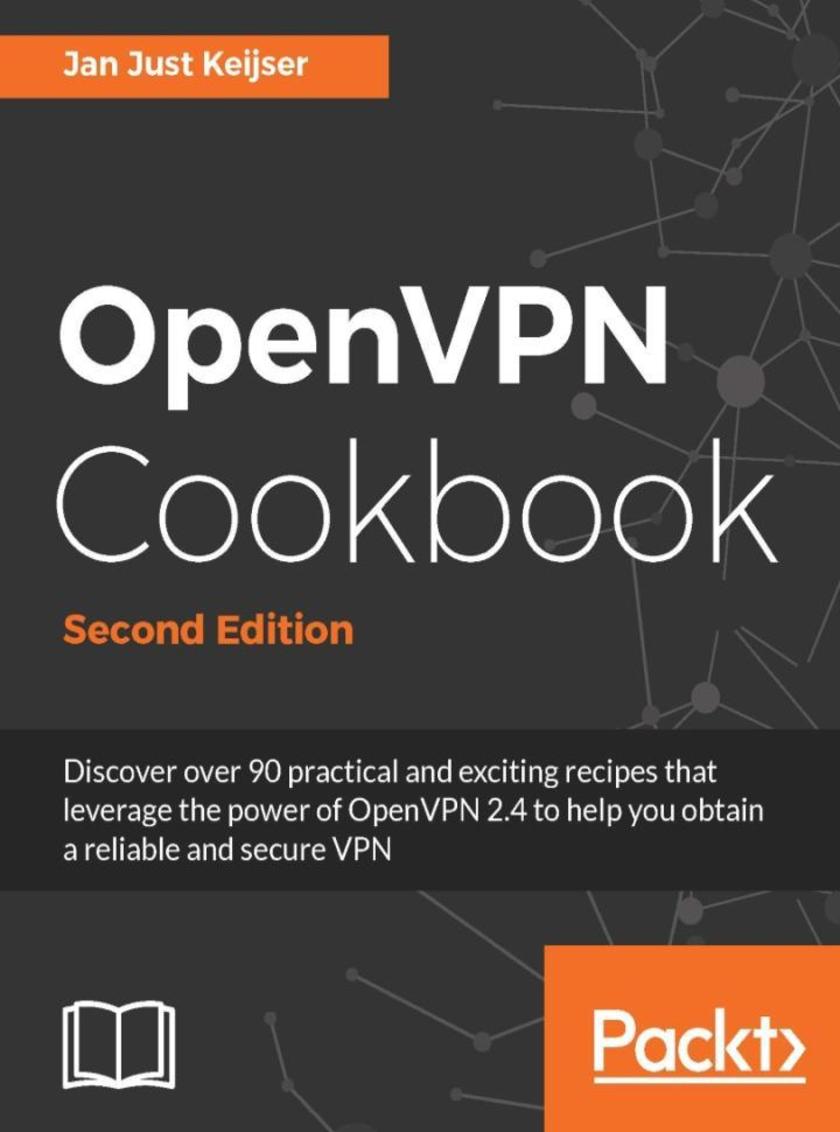
OpenVPN Cookbook - Second Edition
¥90.46
Discover over 90 practical and exciting recipes that leverage the power of OpenVPN 2.4 to help you obtain a reliable and secure VPN About This Book Master the skills of configuring, managing, and securing your VPN using the latest OpenVPN Gain expertise in establishing IPv6 connections and understand PolarSSL using the latest version of OpenVPN This book contains enticing recipes about OpenVPN functionalities that cater to mission critical applications Who This Book Is For This book is for system administrators who have a basic knowledge of OpenVPN and are eagerly waiting to build, secure, and manage VPNs using the latest version. This book assumes some prior knowledge of TCP/IP networking and OpenVPN and you must have network administration skills to get the most out of this book. What You Will Learn Determine the best type of OpenVPN setup for your networking needs Get to grips with the encryption, authentication, and certifications features of OpenSSL. Integrate an OpenVPN server into the local IT infrastructure with the *ing features of OpenVPN Ease the integration of Windows clients into the VPN using Windows-specific client-side configuration Understand the authentication plugins for PAM and LDAP Get to know the difference between TUN-style and TAP-style networks and when to use what Troubleshoot your VPN setup Establish a connection via IPv6 along with demonstrations In Detail OpenVPN provides an extensible VPN framework that has been designed to ease site-specific customization, such as providing the capability to distribute a customized installation package to clients, and supporting alternative authentication methods via OpenVPN’s plugin module interface. This book provides you with many different recipes to help you set up, monitor, and troubleshoot an OpenVPN network. You will learn to configure a scalable, load-balanced VPN server farm that can handle thousands of dynamic connections from incoming VPN clients. You will also get to grips with the encryption, authentication, security, extensibility, and certifications features of OpenSSL. You will also get an understanding of IPv6 support and will get a demonstration of how to establish a connection via IPv64. This book will explore all the advanced features of OpenVPN and even some undocumented options, covering all the common network setups such as point-to-point networks and multi-client TUN-style and TAP-style networks. Finally, you will learn to manage, secure, and troubleshoot your virtual private networks using OpenVPN 2.4. Style and approach This practical, recipe-based book covers the core functionalities of OpenVPN ending with troubleshooting, performance tuning and making the readers inquisitive about the advanced features.
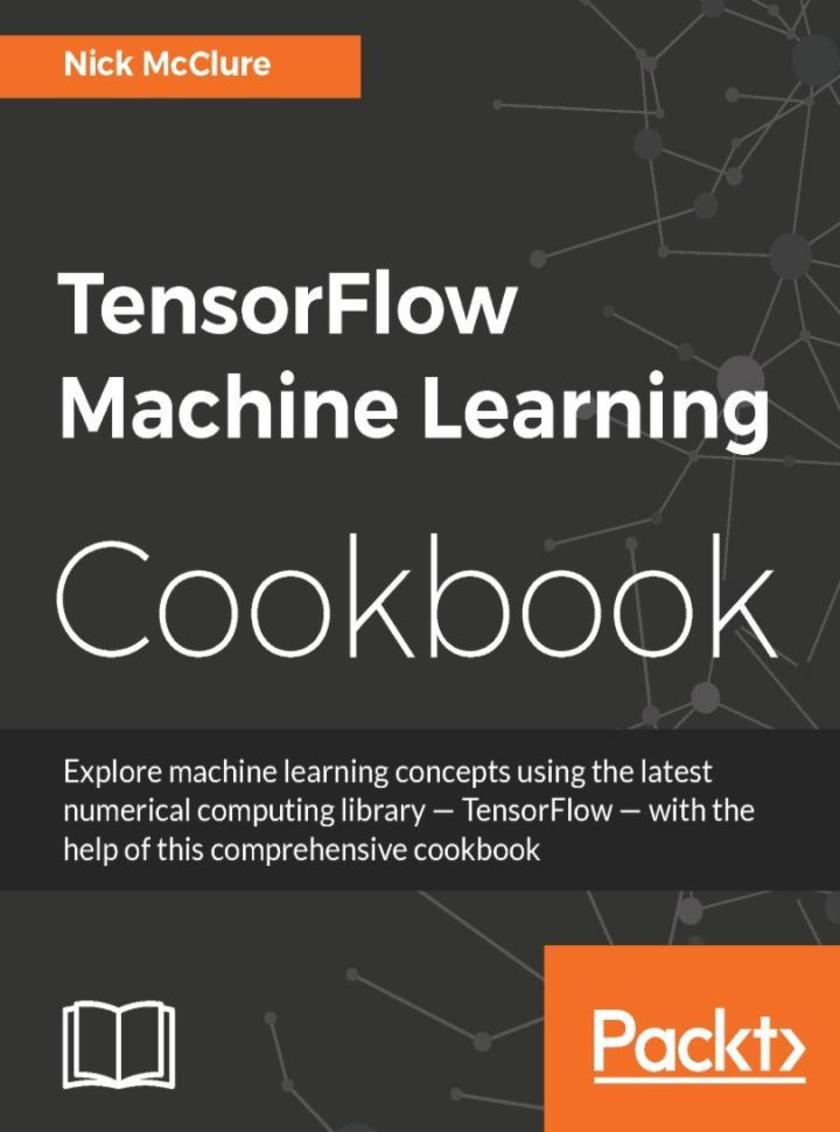
TensorFlow Machine Learning Cookbook
¥99.18
Explore machine learning concepts using the latest numerical computing library — TensorFlow — with the help of this comprehensive cookbook About This Book Your quick guide to implementing TensorFlow in your day-to-day machine learning activities Learn advanced techniques that bring more accuracy and speed to machine learning Upgrade your knowledge to the second generation of machine learning with this guide on TensorFlow Who This Book Is For This book is ideal for data scientists who are familiar with C++ or Python and perform machine learning activities on a day-to-day basis. Intermediate and advanced machine learning implementers who need a quick guide they can easily navigate will find it useful. What You Will Learn Become familiar with the basics of the TensorFlow machine learning library Get to know Linear Regression techniques with TensorFlow Learn SVMs with hands-on recipes Implement neural networks and improve predictions Apply NLP and sentiment analysis to your data Master CNN and RNN through practical recipes Take TensorFlow into production In Detail TensorFlow is an open source software library for Machine Intelligence. The independent recipes in this book will teach you how to use TensorFlow for complex data computations and will let you dig deeper and gain more insights into your data than ever before. You’ll work through recipes on training models, model evaluation, sentiment analysis, regression analysis, clustering analysis, artificial neural networks, and deep learning – each using Google’s machine learning library TensorFlow. This guide starts with the fundamentals of the TensorFlow library which includes variables, matrices, and various data sources. Moving ahead, you will get hands-on experience with Linear Regression techniques with TensorFlow. The next chapters cover important high-level concepts such as neural networks, CNN, RNN, and NLP. Once you are familiar and comfortable with the TensorFlow ecosystem, the last chapter will show you how to take it to production. Style and approach This book takes a recipe-based approach where every topic is explicated with the help of a real-world example.
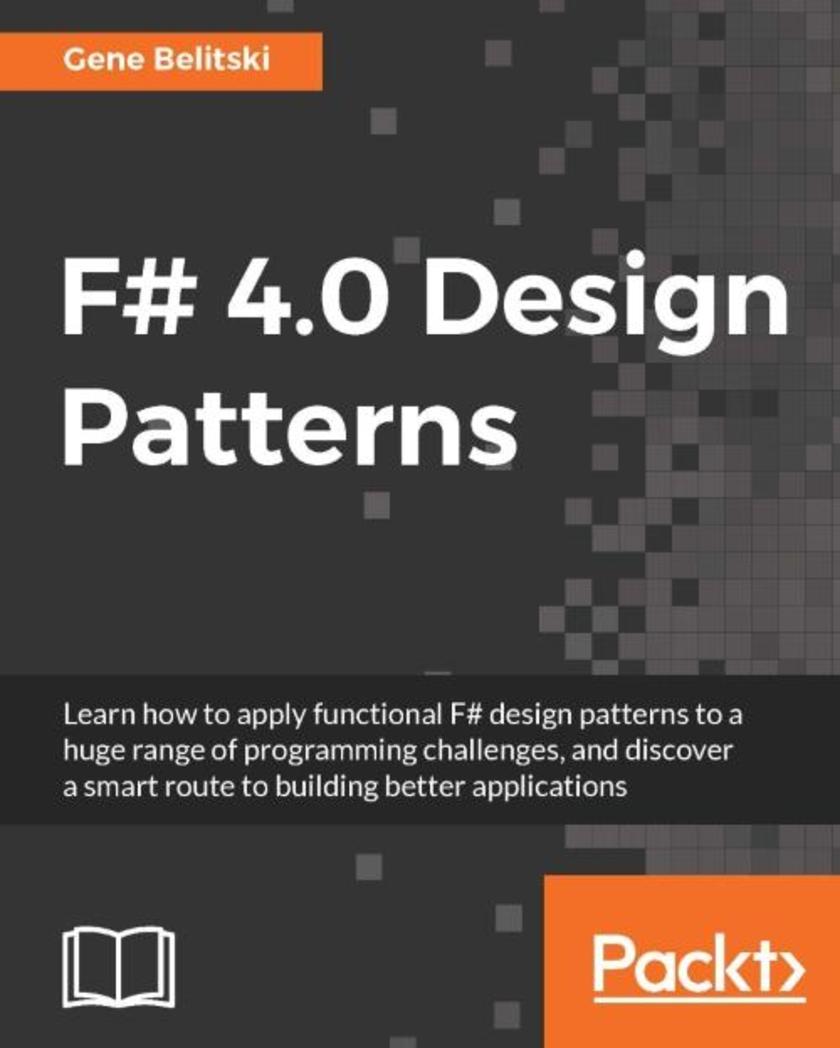
F# 4.0 Design Patterns
¥80.65
Learn how to apply functional F# design patterns to a huge range of programming challenges, and discover a smart route to building better applications About This Book This book provides a path if you are coming from imperative and object-oriented paradigms It will take you to an intermediate level of functional programming in very practical manner to write enterprise-quality idiomatic F# code Tackle complex computing problems with simple code by fully embracing the functional-first F# paradigm Packed full of practical coding examples to help you master F# programming and author optimal code Who This Book Is For This book is for .NET developers, web programmers, C# developers, and F# developers. So, if you have basic experience in F# programming and developing performance-critical applications, then this book is for you. What You Will Learn Acquire the practical knowledge to use the main functional design patterns Realign some imperative and object-oriented principles under the functional approach Develop your confidence in building and combining first-order and higher-order functions Learn to use core language pattern matching effectively Make use of native F# algebraic data types in place of custom-built classes Recognize and measure the difference in resource consumption between sequences and materialized data collections Navigate and use F# Core libraries with ease by seeing patterns behind specific library functions Master writing generic polymorphic code In Detail Following design patterns is a well-known approach to writing better programs that captures and reuses high-level abstractions that are common in many applications. This book will encourage you to develop an idiomatic F# coding skillset by fully embracing the functional-first F# paradigm. It will also help you harness this powerful instrument to write succinct, bug-free, and cross-platform code. F# 4.0 Design Patterns will start off by helping you develop a functional way of thinking. We will show you how beneficial the functional-first paradigm is and how to use it to get the optimum results. The book will help you acquire the practical knowledge of the main functional design patterns, the relationship of which with the traditional Gang of Four set is not straightforward. We will take you through pattern matching, immutable data types, and sequences in F#. We will also uncover advanced functional patterns, look at polymorphic functions, typical data crunching techniques, adjusting code through augmentation, and generalization. Lastly, we will take a look at the advanced techniques to equip you with everything you need to write flawless code. Style and approach This book will teach you how to write F# code in an idiomatic functional-first manner, thereby improving the productivity of F# programmers. This book is ideal for an F# programmer who wants using F# in functional-first way.
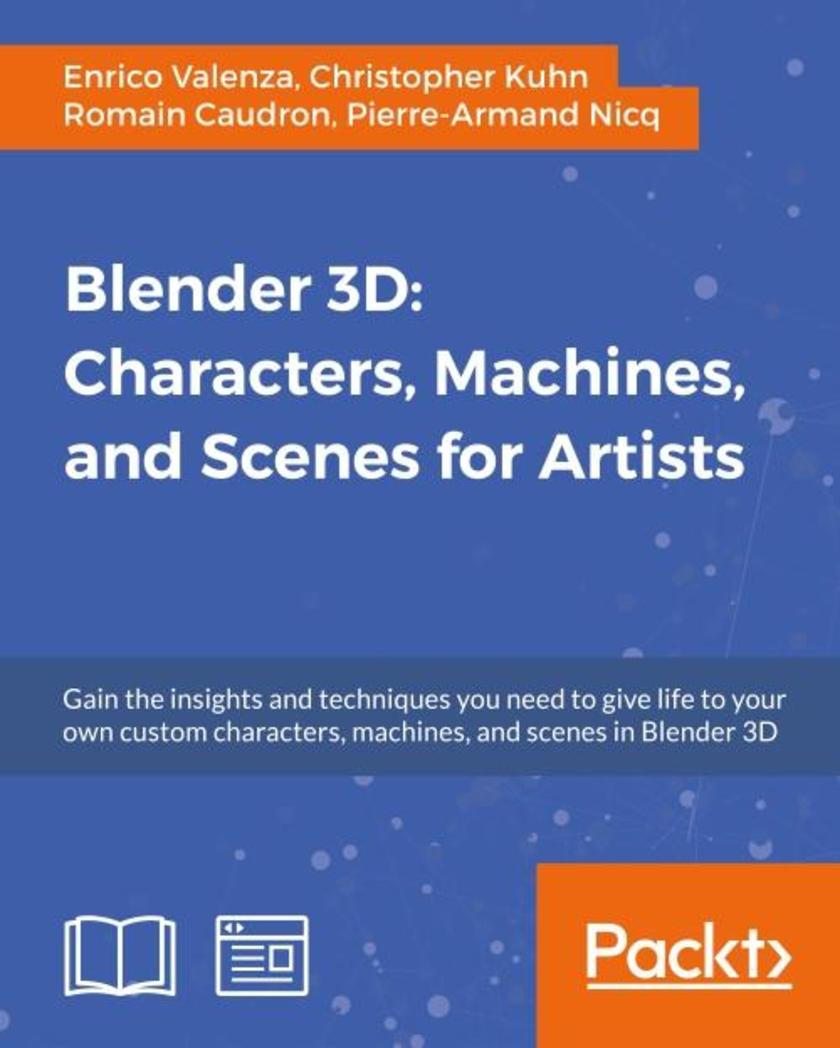
Blender 3D: Characters, Machines, and Scenes for Artists
¥179.84
Gain the insights and techniques you need to give life to your own custom characters, machines, and scenes in Blender 3D About This Book Learn how to establish the basic shape of a character on the basis of templates, and take it to completion using the tools available in Blender Develop realistic and awesome machines for your 3D projects and animation films Discover advanced techniques by adding fur to a character, creating a grass field, and fine-tuning a shot with post-processing effects to enhance your creations Who This Book Is For This learning path is for those who know the basics of Blender and have hands-on experience with the software. We will directly dive into creating characters first. If you wish to use Blender to create games, animated films, and architecture simulations, this learning path will benefit you. What You Will Learn Use your sculpting skills to carve the character features from the mesh Find the best possible flow for your edge-loops to enhance the character features and to get the best possible range of deformation Mix both the Blender Internal and Cycles rendering engines in order to render materials as quickly as possible Know when and where to use various types of geometry—something that saves time in one instance will pose significant problems in another Create a 3D robot toy model from start to finish using the basic modeling tools of Blender Make a full alien character using the skin mesh modifier and the sculpting tools with an artistic approach Use re-topology techniques to create a clean 3D version of the previously sculpted alien Model a full haunted house and its environment using more advanced modeling tools and techniques such as the Array Modifier, Instance duplication, and Curves In Detail Blender 3D is one of the top 3D animation software available. As the Blender software grows more powerful and popular, there is a demand to take your modeling skills to the next level. This learning path is divided into three modules that will take you on this incredible journey of creating games. The first module will take you on a journey to understand the workflow normally used to create characters, from the modeling to the rendering stages, using the tools of the last official release of Blender exclusively. You will be making production-quality 3D models and characters quickly and efficiently, which will be ready to be added to your very own animated feature or game. The second module will help you develop a comprehensive skill set that covers the key aspects of mechanical modeling. You will create many types of projects, including a pistol, spacecraft, robot, and a racer. By the end of this module, you will have mastered a workflow that you will be able to apply to your own creations. The final module will help you to create many types of projects using a step-by-step approach. Each project in this module will give you more practice and increase your knowledge of the Blender tools and game engine. This learning path combines some of the best that Packt has to offer in one complete, curated package. It includes content from the following Packt products: Blender 3D Cookbook, Second Edition by Enrico Valenza Blender 3D Incredible Machines, Second Edition by Christopher Kuhn Blender 3D By Example by Romain Caudron and Pierre-Armand Nicq Style and approach This easy-to-follow course will teach you how to create complex 3D characters, create incredible machines, and put them together to create a 3D scene. Each topic is explained sequentially in the process of creating various models, and includes detailed explanations of the basic and advanced features.
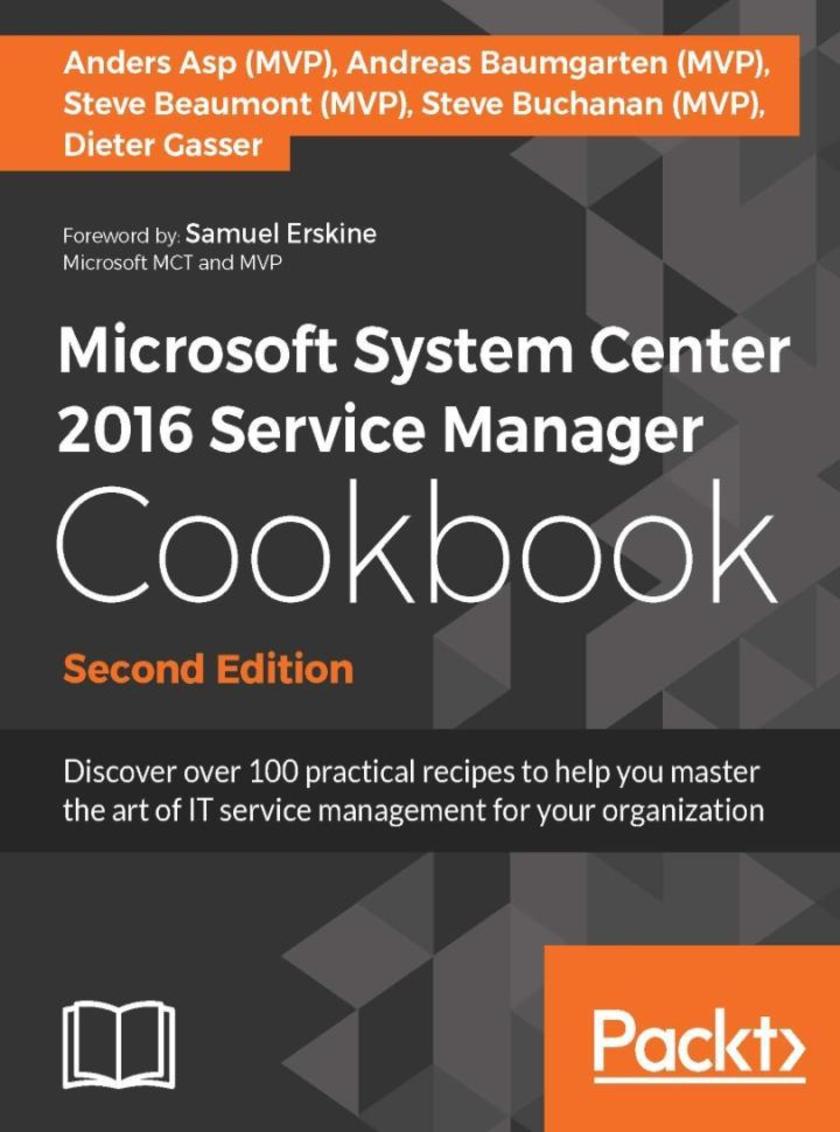
Microsoft System Center 2016 Service Manager Cookbook - Second Edition
¥107.90
Discover over 100 practical recipes to help you master the art of IT service management for your organization About This Book Unleash the capabilities of Microsoft System Center 2016 Service Manager Master the skills of configuring, deploying, managing, and troubleshooting your Service Manager 2016 This book contains practical recipes that leverage the key and newly added features and functionalities of Microsoft System Center 2016 Service Manager Who This Book Is For This book will be useful to IT professionals including SCSM administrators who want to configure and administer System Center Service Manager 2016 and understand how to solve specific problems and scenarios that arise. It will also be useful to users of Service Manager 2012 who want to learn about the new features and capabilities of the Service Manager 2016 release. It will be ideal if you have Service Manager experience as well as experience with other System Center products. What You Will Learn See a practical implementation of the ITSM framework and processes based on ITIL Deploy and configure the new Service Manager HTML5 Self-Service Portal along with Service Catalog design and configuration Get to know about Incident, Problem, and Change Management processes and configuration Get to grips with performing advanced personalization in Service Manager Discover how to set up and use automation with and within Service Manager 2016 Work with Service Manager Data Warehouse Find out what Security Roles are and how to implement them Learn how to upgrade from SCSM 2012 R2 to SCSM 2016 In Detail System Center Service Manager (SCSM) is an integrated platform that offers a simplified data center management experience by implementing best practices such as Incident Management, Service Request, and Change Control to achieve efficient service delivery across your organization. This book provides you with real-world recipes that can be used immediately and will show you how to configure and administer SCSM 2016. You’ll also find out how to solve particular problems and scenarios to take this tool further. You’ll start with recipes on implementing ITSM frameworks and processes and configuring Service Level Agreements (SLAs). Then, you'll work through deploying and configuring the HTML5 Self-Service Portal, configuring Incident and Problem Management, and designing and configuring Change and Release Management. You'll also learn about security roles and overall Microsoft SCSM 2016 administration. Toward the end of the book, we’ll look at advanced topics, such as presenting the wealth of information stored within the Service Manager Data Warehouse, standardizing SCSM deployments, and implementing automation. Style and approach This book will enlighten you on Microsoft System Center 2016 Service Manager through recipes that can be implemented directly in any enterprise. You can read the book from start to end if you’re a beginner, or just open up any chapter and start following the recipes as a reference for advanced users. This book consists of a pool of step-by-step recipes on how to perform activities in Service Manager.
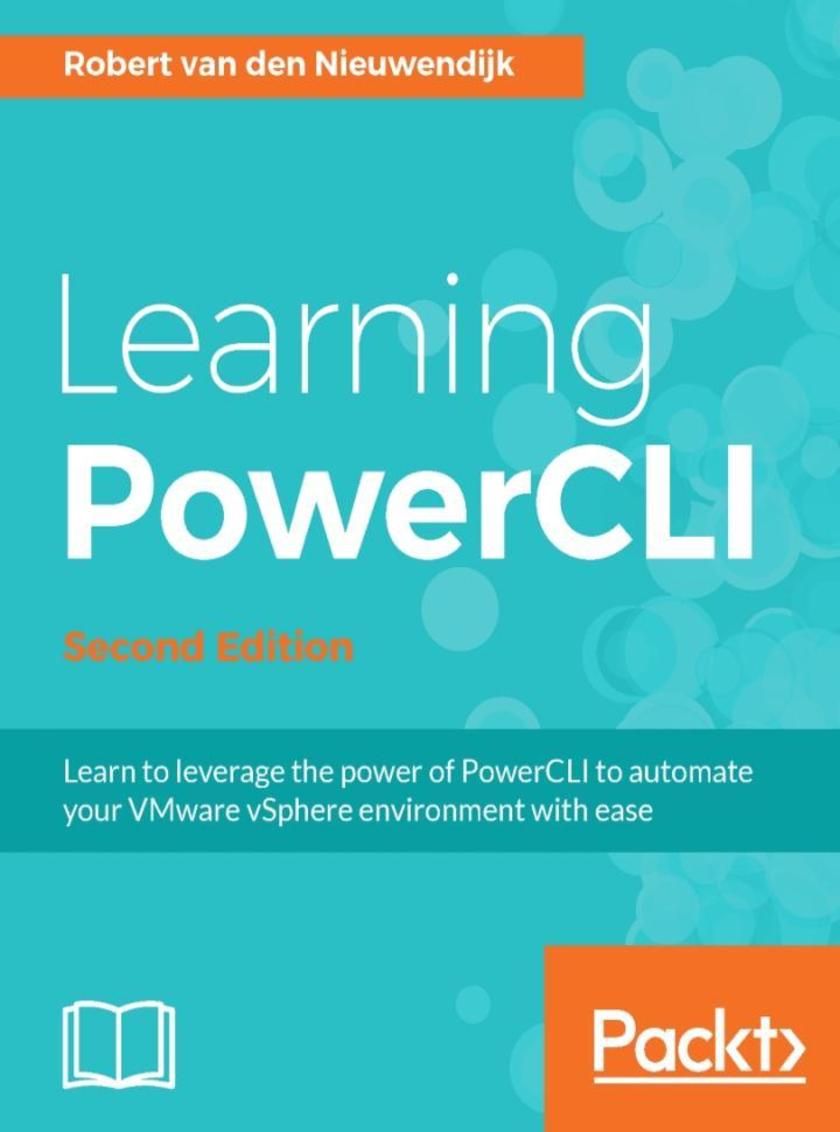
Learning PowerCLI - Second Edition
¥90.46
Learn to leverage the power of PowerCLI to automate your VMware vSphere environment with ease About This Book This is first book on the market that will enlighten you on the latest version of PowerCLI and how to implement it Effectively manage virtual machines, networks, and reports with the latest features of PowerCLI A comprehensive and practical book on automating VMware vSphere Who This Book Is For This book is ideal for you if you want to learn how to automate your VMware vSphere or vCloud infrastructure by getting the most out of PowerCLI. It’s assumed that you have some experience in administrating a vSphere or vCloud environment. Knowledge of Microsoft’s Windows PowerShell is not a prerequisite. What You Will Learn Explore PowerShell and PowerCLI cmdlets and their output objects See how to manage virtual machines and work with virtual networks Manage vCloud Director from PowerCLI Use Site Recovery Manager from PowerCLI to create a disaster recovery solution Manage NSX and vRealize Automation using REST API with PowerCLI Create and configure vSphere HA and DRS clusters Use vSphere Update Manager with PowerCLI to create patch baselines and scan hosts Explore reporting techniques to retrieve log files In Detail VMware vSphere PowerCLI, a free extension to Microsoft Windows PowerShell, enables you to automate the management of a VMware vSphere or vCloud environment. This book will show you how to automate your tasks and make your job easier. Starting with an introduction to the basics of PowerCLI, the book will teach you how to manage your vSphere and vCloud infrastructure from the command line. To help you manage a vSphere host overall, you will learn how to manage vSphere ESXi hosts, host profiles, host services, host firewall, and deploy and upgrade ESXi hosts using Image Builder and Auto Deploy. The next chapter will not only teach you how to create datastore and datastore clusters, but you’ll also work with profile-driven and policy-based storage to manage your storage. To create a disaster recovery solution and retrieve information from vRealize Operations, you will learn how to use Site Recovery Manager and vRealize Operations respectively. Towards the end, you’ll see how to use the REST APIs from PowerShell to manage NSX and vRealize Automation and create patch baselines, scan hosts against the baselines for missing patches, and re-mediate hosts. By the end of the book, you will be capable of using the best tool to automate the management and configuration of VMware vSphere. Style and approach This comprehensive book will teach system administrators everything about PowerCLI 6 and how to utilize it to automate VMware vSphere.
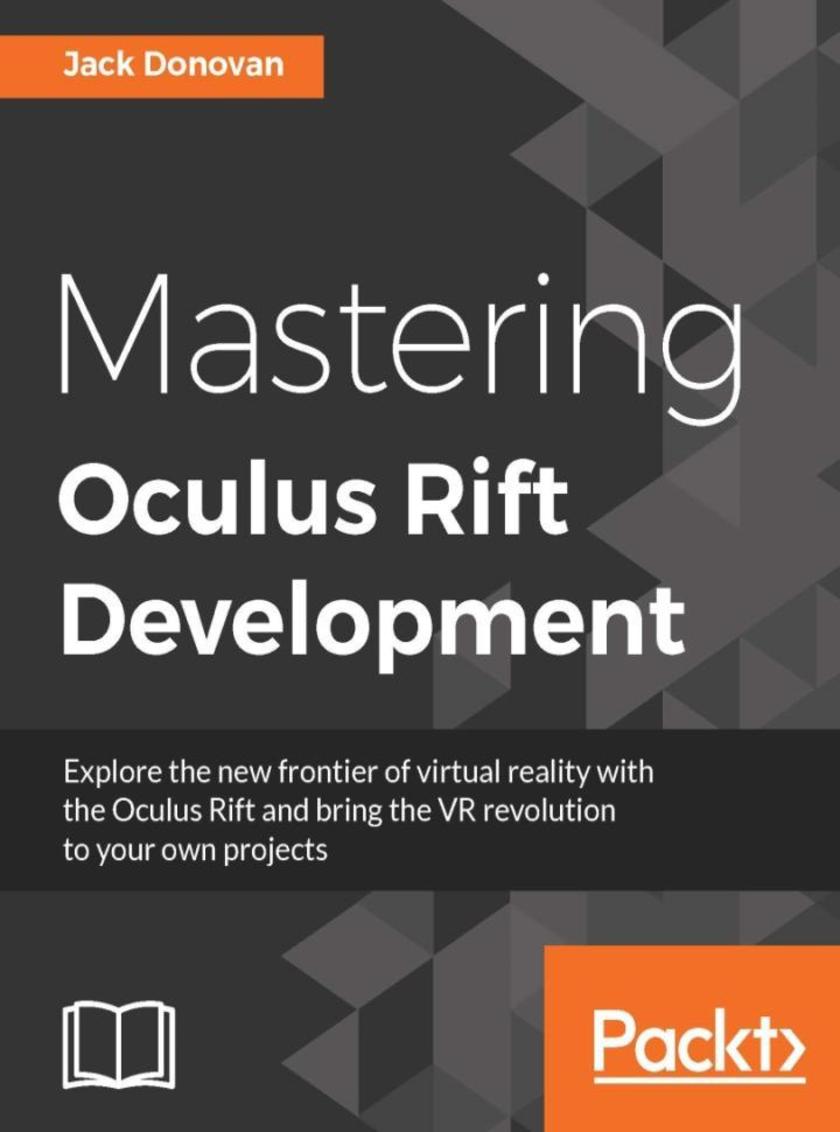
Mastering Oculus Rift Development
¥90.46
Explore the new frontier of virtual reality with the Oculus Rift and bring the VR revolution to your own projects About This Book Create immersive 3D games especially designed for the Oculus Rift platform Build complex realistic virtual reality (VR) games with the Unity Engine Create striking VR environments with advanced graphical techniques Who This Book Is For This book is for aspiring indie developers and VR enthusiasts who want to bring their ideas into virtual reality with a new platform that provides an unprecedented level of realism and immersion. What You Will Learn Increase immersion with 3D audio and intuitive interfaces Create group VR experiences using multi-player networking Design fun and engaging mechanics that utilize VR principles Explore the best ways to navigate and interact using the Oculus Rift Design intuitive ways to navigate and interact with scenes in VR Add stunning realism to a scene with three-dimensional audio Invent mechanics and features that take full advantage of VR hardware In Detail Virtual reality (VR) is changing the world of gaming and entertainment as we know it. VR headsets such as the Oculus Rift immerse players in a virtual world by tracking their head movements and simulating depth, giving them the feeling that they are actually present in the environment. We will first use the Oculus SDK in the book and will then move on to the widely popular Unity Engine, showing you how you can add that extra edge to your VR games using the power of Unity. In this book, you’ll learn how to take advantage of this new medium by designing around each of its unique features. This book will demonstrate the Unity 5 game engine, one of most widely-used engines for VR development, and will take you through a comprehensive project that covers everything necessary to create and publish a complete VR experience for the Oculus Rift. You will also be able to identify the common perils and pitfalls of VR development to ensure that your audience has the most comfortable experience possible. By the end of the book, you will be able to create an advanced VR game for the Oculus Rift, and you’ll have everything you need to bring your ideas into a new reality. Style and approach This book takes a step-by-step tutorial approach with illustrative examples to help you implement the projects on your own. The book lets you first get to grips with the Oculus SDK and then moves on to the Unity Engine to add realistic graphics and features in your games.




 购物车
购物车 个人中心
个人中心



